An endangered animal refers to a species whose population has become very rare and faces a very high risk of extinction. According to the standards set by the International Union for Conservation of Nature (IUCN), endangered species are classified into five levels: critically endangered, endangered, vulnerable, near threatened and least threatened. Among them, the critically endangered rating indicates that a species has a very low survival rate in the wild and may soon become extinct. If timely conservation measures are not taken, these species may disappear from the earth forever. Human activities are one of the main reasons for the extinction of many species, including deforestation, wildlife trafficking, environmental pollution, climate change, etc. Protecting endangered species is an important task to protect biodiversity and maintain ecological balance. Our country is rich in natural resources and biodiversity, but its rare animals face serious threats, and some of them are already on the verge of extinction.
The following are some rare animals that are currently on the verge of extinction in China:
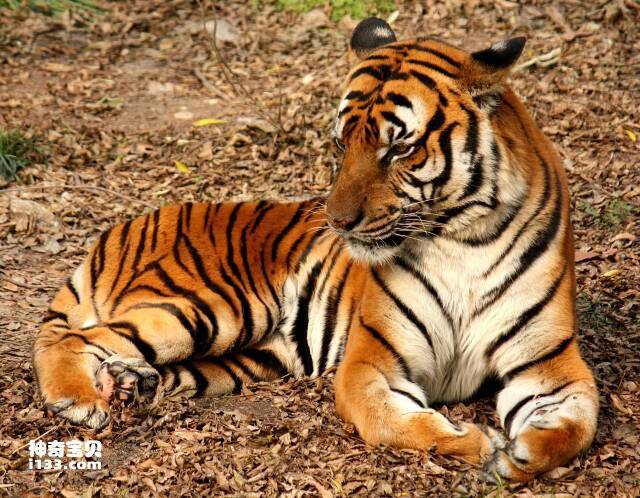
1. South China tiger
The South China tiger is listed as a national first-level protected animal and is also a critically endangered species on the red species list. According to the 1989 Wildlife Protection Law of the People's Republic of China, the South China tiger has been officially included in the list of national first-level protected animals. In addition, the International Convention on Endangered Species of Wild Fauna and Flora issued by the United Nations in 1996 listed the South China tiger as the number one endangered species, and it was also listed among the top ten endangered species in the world.
Once upon a time, South China tigers lived widely in the mountain forests of southern China. However, due to human tiger extermination and environmental damage and other reasons, the number of wild South China tigers has decreased sharply and is now on the verge of extinction. There are less than 20 South China tigers left in the world, making the South China tiger one of the most endangered large mammals in the world.
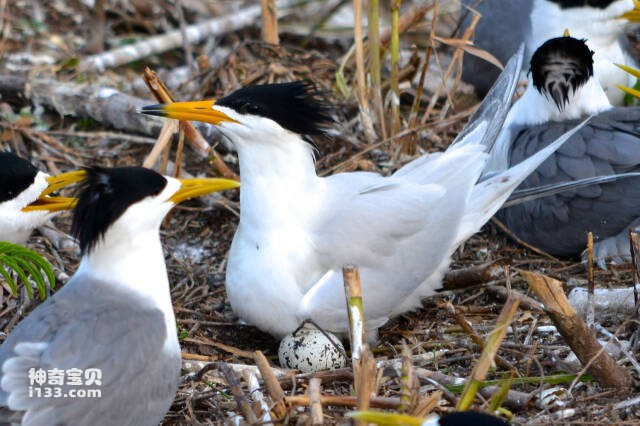
2. Chinese Crested Tern
The Chinese Crested Tern is one of the rarest birds among endangered animals in China, and is also one of the species listed as critically endangered on the Red List of World Birds. According to Wedand Intemational's Global Waterbird Population Assessment, the global population of black-billed crested terns is estimated to be less than 50 individuals.
The Chinese Crested Tern was first recorded in 1861, but it has always been very rare and was generally considered extinct until 2000. However, in 2000, four adults and four juveniles were discovered again on the Matsu Islands off the coast of Fujian Province, which became great news in the ornithology community that year. Therefore, the protection of Chinese Crested Tern is very important.
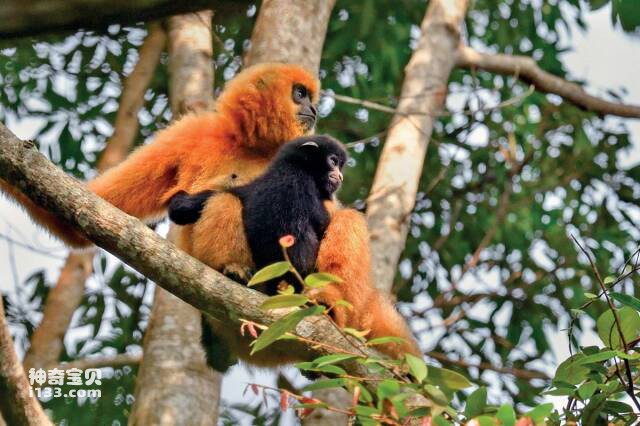
3. Hainan Gibbon
Although many endangered animals in China do not receive as much attention as pandas, they face the same or more serious endangerment level as pandas. For example, the Hainan gibbon is listed as one of the most endangered primates in China and was listed first in the China Primate Conservation Action Plan drafted by the Chinese Primate Expert Group in 1999. Among the 25 critically endangered primate species in the world in 2002, the Hainan gibbon was ranked fifth. When determining China's primate protection level, the Hainan gibbon was also ranked first, which shows that it is extremely endangered globally and in China.
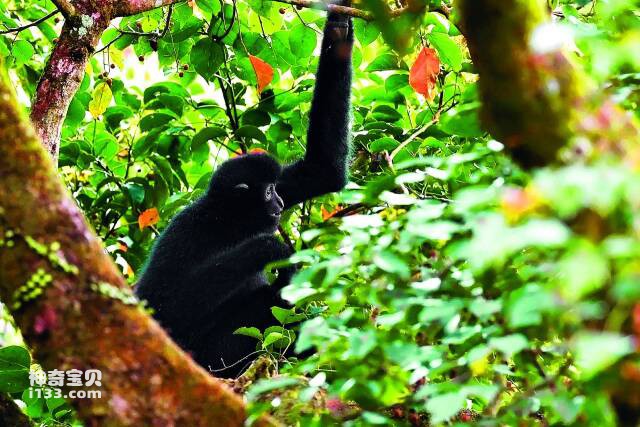
However, it is gratifying that in 2020, the population of Hainan gibbon has recovered from a historical low of less than 10 in the 1970s to more than 30 now, becoming a new high in the past 40 years. This shows that the conservation measures taken have achieved certain results, but Hainan Gibbon still needs continued conservation work in order to better protect this species.
4. Chinese sturgeon
The Chinese sturgeon is one of the endangered animals in China and is also known as the "giant panda in the water". The Chinese sturgeon has a long life cycle, with a maximum lifespan of 40 years. They are distributed in China, Japan, South Korea, Lao People's Democratic Republic and North Korea. It is mainly distributed from the Jinsha River, the main stream of the Yangtze River in China, to the mouth of the sea. It occasionally appears in other water systems such as the Ganjiang River, Xiangjiang River, Minjiang River, Qiantang River and Pearl River water systems.
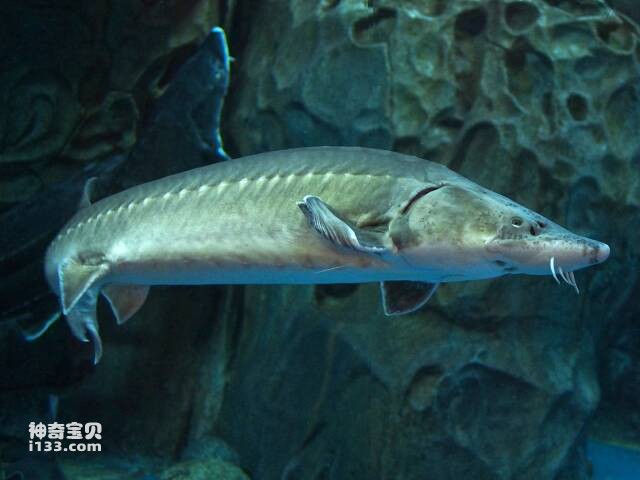
According to estimates in 2008, the number of Chinese sturgeon breeding groups is less than 200, and the wild population is in danger. In 2013, no signs of natural spawning by wild Chinese sturgeons were found. This was the first time in the past 32 years that no natural spawning by wild Chinese sturgeons was detected. Therefore, the wild Chinese sturgeon population faces a huge risk of extinction.
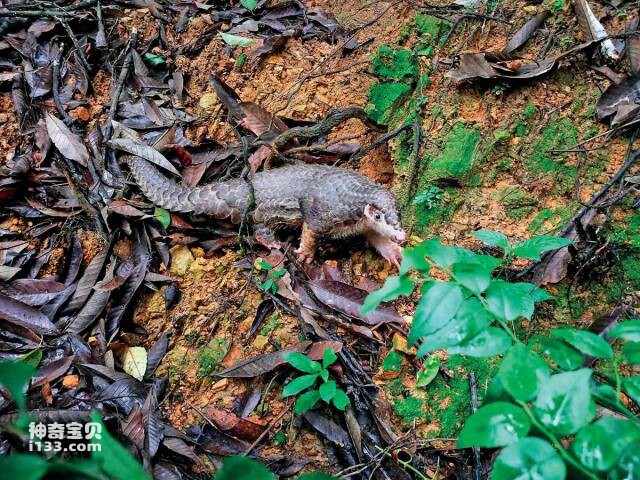
5. Pangolin
The pangolin is an ancient mammal known as the "guardian of the grassland." When the editor was a child, pangolins were not considered a rare species, but now they are on the verge of extinction in China and are classified as critically endangered on the "International Union for Conservation of Nature Red List of Threatened Species". Their reproductive capacity is very low. They generally can only give birth to one child per year, and each child only gives birth to one cub. The breeding life of the female animal is estimated to be only 15 years at most.
Now in China, illegal hunting, smuggling or selling of pangolins can result in a prison sentence of more than five years, and in serious cases, up to life imprisonment. In 2020, all species of pangolins were upgraded from national second-level protected wild animals to first-level, and even pangolins were no longer included in the Chinese Pharmacopoeia. However, despite this, the situation has not improved.
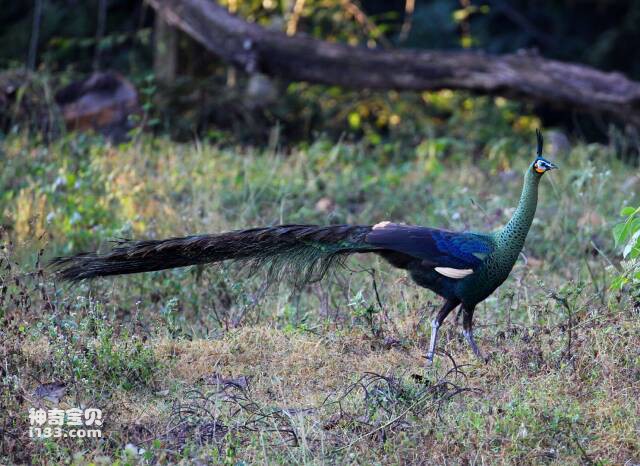
6. Green Peacock
The green peacock is the largest peacock species and is only distributed in western, central and southern Yunnan and other places in China. In 1995, the number of green peacocks in Yunnan Province was about 800 to 1,100. However, by 2014, it has become very rare, and even its distribution area is very rare. If protection measures are not taken immediately, Yunnan's wild green peacocks may become extinct within 10 years.
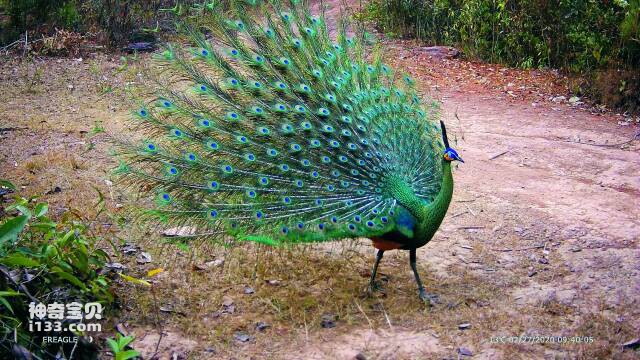
On May 22, 2017, the day of "International Biodiversity Day", the Environmental Protection Publicity and Education Center of the Yunnan Provincial Environmental Protection Department issued a document stating that the green peacock was listed as a critically endangered species. This shows that the green peacock is endangered to an alarming degree. Urgent measures must be taken, such as prohibiting illegal hunting and restricting human activities, to protect the living environment of green peacocks, and strengthen publicity and education to raise public awareness of environmental protection. Only through the joint efforts of the whole society can the protection of precious animals such as green peacocks be achieved.
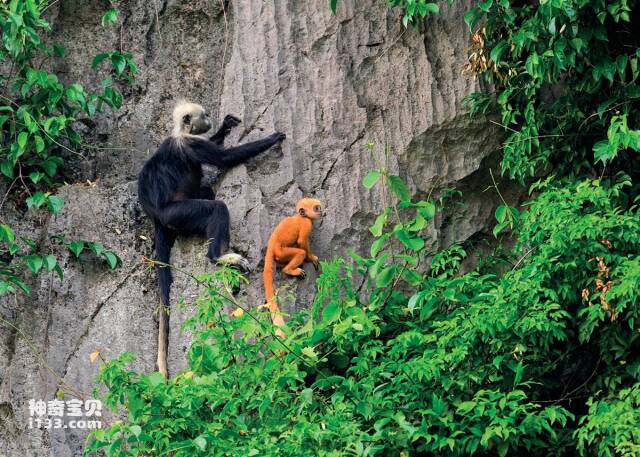
7. White-headed langur
White-headed langurs are one of the top ten rare animals in China. They usually live in groups of 5-9 members, with the adult male as the leader. White-headed langurs are diurnal animals and start foraging early in the morning, mainly eating leaves, fresh buds, flowers, bark and some fruits. The average lifespan of this monkey is about 25 years. The white-headed langur has a very narrow distribution range and a very rare population. There are only a few hundred left. It is one of the 25 most endangered primates in the world. It is listed as an endangered species in the "Red Data Book of Endangered Animals in China" and listed as critically endangered in the "Red List of Endangered Species" of the International Union for Conservation of Nature. They are recognized as one of the rarest monkey species in the world.
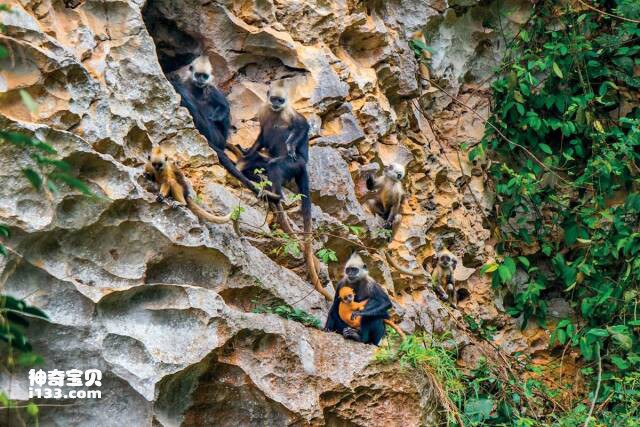
At present, the total number of white-headed langurs in Guangxi is estimated to be only more than 200. After continuous efforts from many aspects, the total number of white-headed langurs has reached about 1,100. Most of them are distributed in the Chongzuo White-headed Langur National Nature Reserve, and a small number are distributed in the Nonggang National Nature Reserve, thus avoiding the impending extinction. Danger.

8. Yunnan closed-shell turtle
The Yunnan closed-shell turtle was discovered in 1906, but was never seen again for more than 50 years. In 2000, it was listed as extinct on the International Union for Conservation of Nature's Red List of Threatened Species. Until 2010, scientists accidentally discovered that there is still a small wild population of Yunnan box turtles during field surveys. However, due to the "Nine Dragons Flood Control" phenomenon in domestic species protection, relevant departments did not pay due attention to the Yunnan closed-shell turtle, resulting in the disappearance of this small wild population.
Due to over-exploitation of mountain forests, changes in natural ecosystems, and excessive human hunting, the survival and reproduction of Yunnan closed-shell turtles are facing huge threats. At present, the number of wild Yunnan closed-shell turtles is very rare, and the situation is very serious.
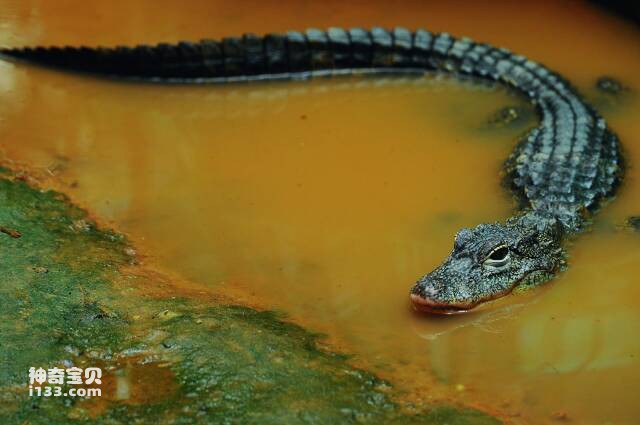
9. Alligator
The alligator is a crocodile unique to China and one of the smallest crocodile species in the world. It lives in the Yangtze River Basin, so it is called the "Alligator". Despite their rarity, the alligator is still considered a very rare animal. Because it still retains many characteristics of early dinosaur-like reptiles, it is called a "living fossil."
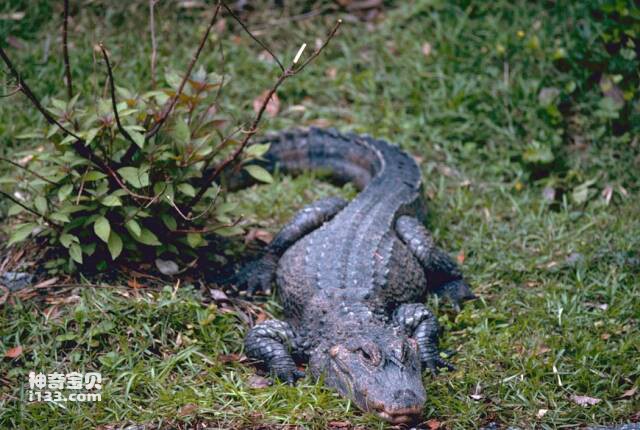
China has listed the alligator as a national first-level protected animal, and hunting is strictly prohibited. It is currently estimated that there are only 130-150 wild alligators in the world, and this number is declining at a rate of 4-6% every year.

10. Baiji dolphin
The Baiji dolphin is a small freshwater whale unique to China. It is a family of its own and is considered an ancient relic. Fossil evidence shows that they appeared in the Yangtze River Basin in the late Miocene 5.3 million years ago. However, since the late 20th century, due to serious violations by human activities, the number of Baiji dolphins has dropped sharply. In 1988, they were listed as a first-level protected wild animal in China, but the remaining populations continue to disappear. This makes the Baiji dolphin the first cetacean to be endangered due to human factors.

In 2006, it was deemed functionally extinct. However, on November 14, 2018, the updated release of the "International Union for Conservation of Nature Red List of Threatened Species" did not confirm that the Baiji dolphin was extinct, but maintained its rating at the "critically endangered" level.
The above are some of the rare animals currently on the verge of extinction in China. We should pay more attention to environmental protection and wildlife protection, and actively take measures to protect these precious species so that they can continue.
To treat endangered animals, we should take the following measures:
1. Strengthen publicity and education to improve public awareness of environmental protection. People need to understand the situation of endangered animals and their importance, so as to realize the need to protect endangered animals.
2. Take emergency measures, such as prohibiting illegal hunting and restricting human activities, to protect the living environment of endangered animals.
3. Establish a complete protection mechanism, including setting up nature reserves, wildlife rescue centers, etc., conduct scientific research, and carry out protection work.
4. Improve the level of international cooperation, jointly promote global biodiversity conservation, and increase financial investment.
5. The protection of endangered species often requires long-term sustained efforts and investment, and requires the government, enterprises and the public to work together to form a multi-faceted cooperation situation.
Only through the joint efforts of the whole society can the protection of endangered animals be achieved. Paying attention to, paying attention to and protecting endangered animals is not only our responsibility to the natural world, but also the actions we must take to protect the future living environment of humans on the earth.
animal tags:
We created this article in conjunction with AI technology, then made sure it was fact-checked and edited by a Animals Top editor.